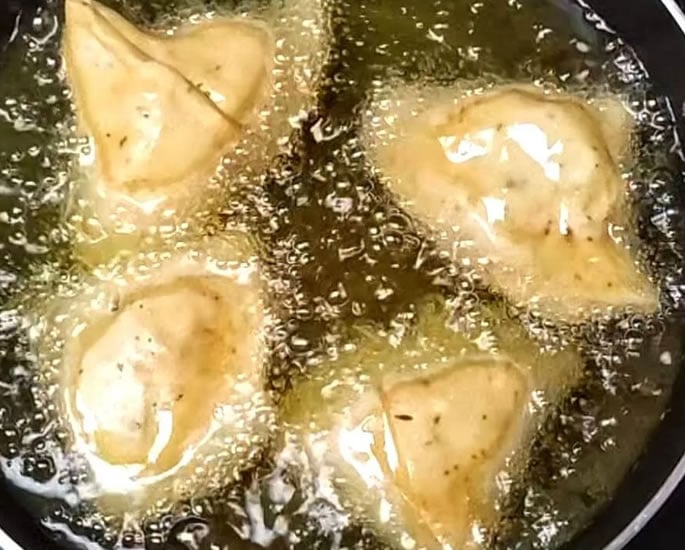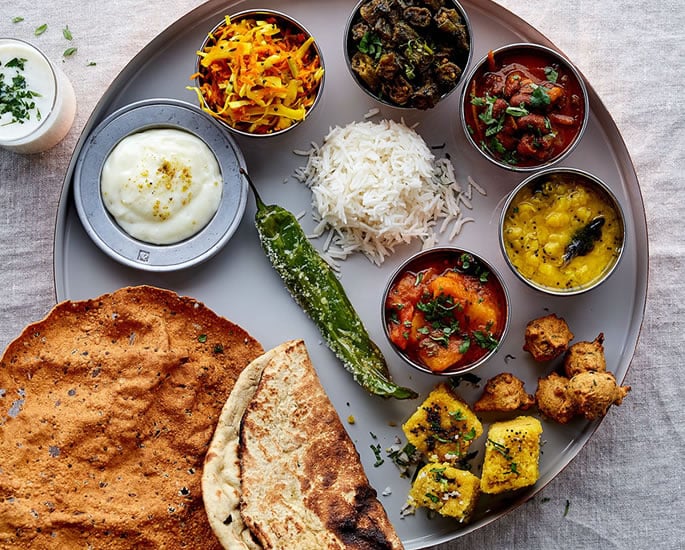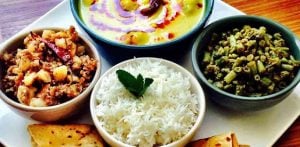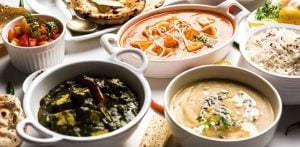"the problem lies in their type and source."
For decades, Indians have trusted home-cooked meals as the healthiest choice.
But a study by the Indian Council of Medical Research (ICMR) paints a worrying picture: nearly 62% of daily calories in Indian diets come from rice, wheat, and sugar.
This carb-heavy, protein-deficient pattern is now being linked to the country’s surge in diabetes, prediabetes, and obesity.
If our traditional meals haven’t changed drastically, why are lifestyle diseases rising so sharply?
Our ancestors ate the same staples and remained active, fit, and largely disease-free. So what went wrong, and how did the balance of the Indian plate tilt so far?
Experts point to three main changes: how food is grown, how it is prepared, and how modern lifestyles shape consumption.
Understanding these shifts helps explain why even familiar meals can now contribute to health risks, and what adjustments can bring balance back to the plate.
Agricultural Shift

The Green Revolution in the 1960s transformed Indian farming.
To feed a growing population, high-yield varieties of wheat and rice were introduced, ensuring India’s self-sufficiency and reducing reliance on imports.
Prateek Rastogi, founder of Better Nutrition, said: “But what began as a necessity gradually became the norm.
“Over time, in the pursuit of higher profits, farmers continued the same cropping practices.
“The result? While we now produce enough grains to export, their nutritional quality has fallen sharply.
“The mineral content, zinc, iron, protein and others, has dropped by nearly 60-70%.”
Rastogi points out a solution that starts at the soil level:
“If the soil is rich, the seed absorbs more minerals, which then reach the food we eat.”
“This is exactly what the Indian Council of Agricultural Research (ICAR) has been advocating.”
Essentially, we may have more grains than ever before, but they no longer provide the nutrients our bodies need.
Refined Foods

Traditional cooking once preserved nutrients, but modern methods have changed the game.
Meals are now quicker to prepare but heavier in oil, processed ingredients, and overcooked vegetables, leaving minimal fibre and reduced nutrients.
Dietitian Vidhi Chawla said: “Carbohydrates themselves aren’t the enemy; the problem lies in their type and source.
“Earlier, carbs came from whole grains, millets, and legumes that provided fibre, vitamins, and slow-release energy.
“Today, they mostly come from refined flour, white rice, bakery products, and sugary snacks that rapidly spike blood glucose and increase insulin resistance.
“It’s the refinement and processing that strip away nutrients and fibre, turning these carbs metabolically harmful.”
The effect is clear: the same portions of rice or chapati that once nourished the body now can push blood sugar dangerously high.
Modern Lifestyles & Habits

Eating habits are only part of the story. Sedentary lifestyles, irregular meal timings, and convenience foods are major contributors to health problems.
Chawla noted: “Our ancestors led physically active lives: walking long distances, working outdoors, and eating meals in rhythm with the day.
“In contrast, today’s urban lifestyle is largely sedentary, with limited physical activity, irregular meal timings, and a growing dependence on convenience foods – all of which compound the problem.”
Environmental stressors add to the burden:
“Add to that erratic sleep patterns and chronic stress, and you have the perfect storm for lifestyle diseases.”
Combine this with excessive carbohydrate intake and poor air quality, and the body struggles to cope.
Rebalancing the Indian Plate

Experts say rebalancing the modern Indian plate is critical. More protein, more fibre, and fewer refined carbs can restore harmony to meals.
Dr V Mohan advised: “Vegetarians, in particular, must ensure that they include a source of protein in every meal.
His study offers a practical model:
“In our study, we proposed a substitution model showing that even modest dietary shifts, replacing just 5% of energy from carbohydrates with protein from plant, dairy, egg, or fish sources, can significantly improve health outcomes.
“Scientifically, the goal should be to proportionally replace carbohydrate calories with protein calories, while maintaining intact grains and balanced, traditional meal timings.”
A balanced plate, he says, should aim for half vegetables, one quarter pulses, legumes, or protein-rich foods, and the remaining quarter rice or chapati.
These adjustments preserve traditional staples while addressing modern dietary challenges.
India’s diet is in flux. While rice, wheat, and sugar still dominate plates, their nutrient density has dropped, processing strips away vital fibre, and modern sedentary habits amplify the risks.
Experts agree that rebalancing meals, restoring soil health, and incorporating protein-rich foods are key to mitigating lifestyle diseases.
Understanding these shifts allows health-conscious Indians to maintain a connection to tradition while protecting their well-being.






























































